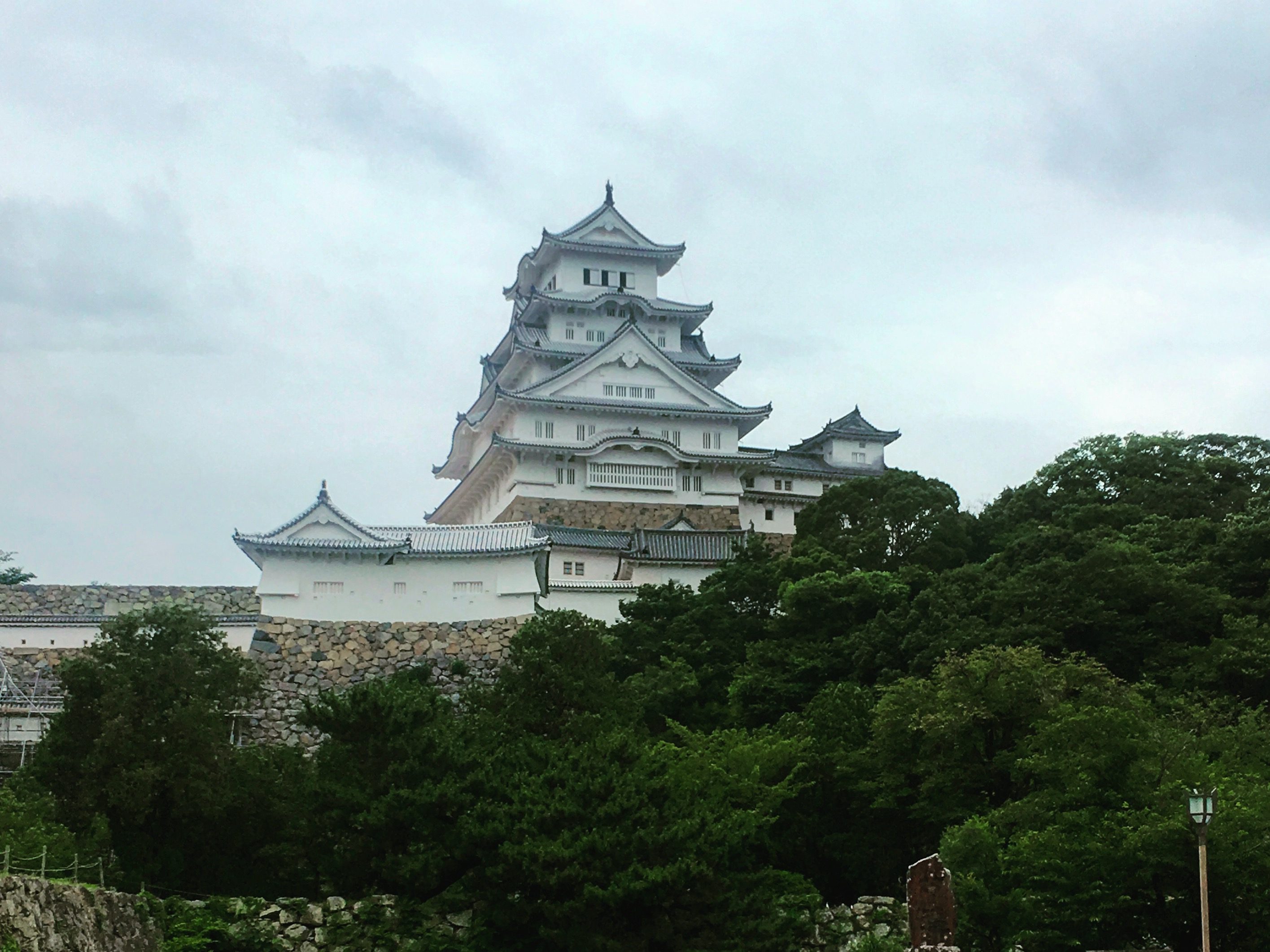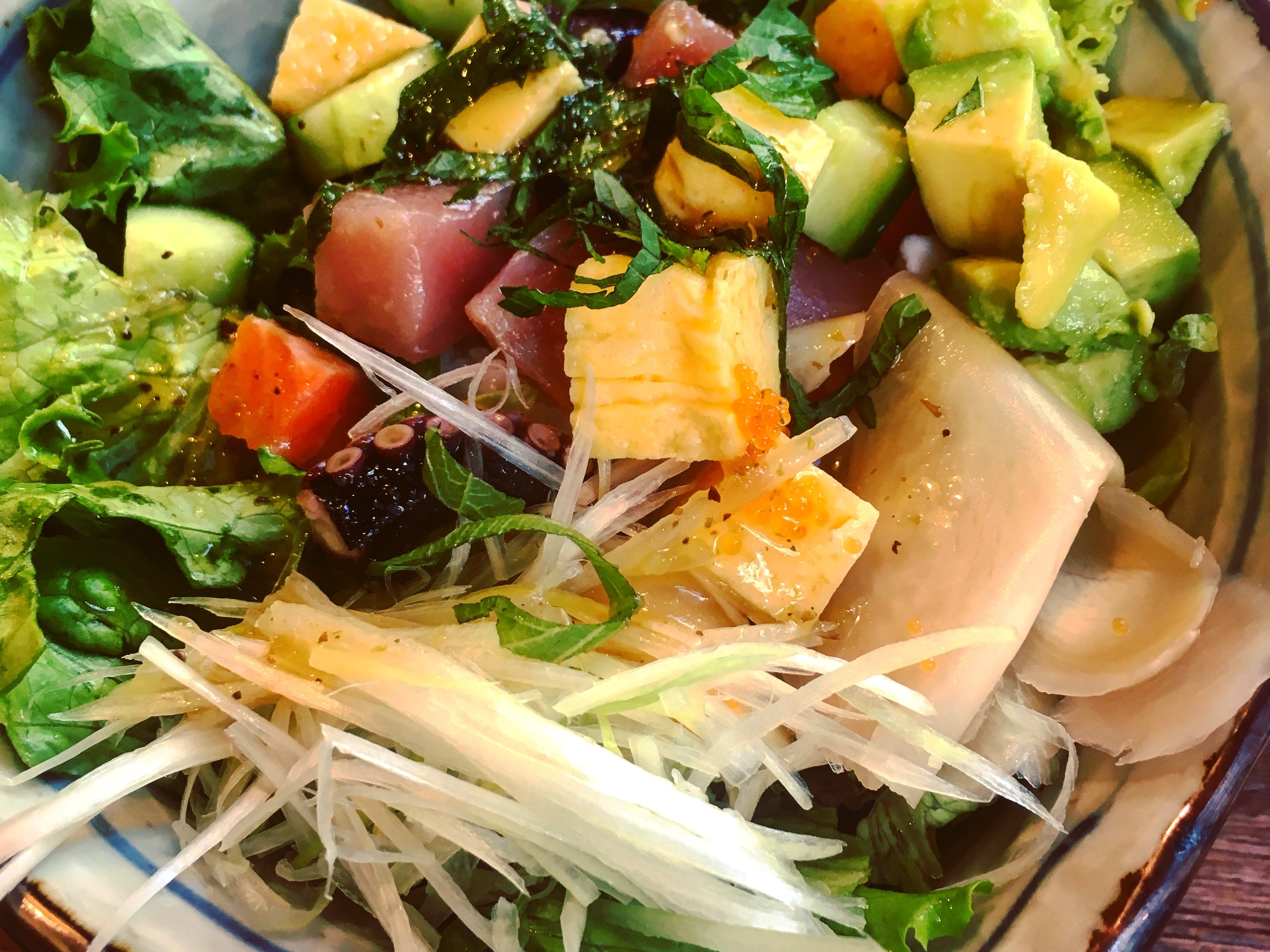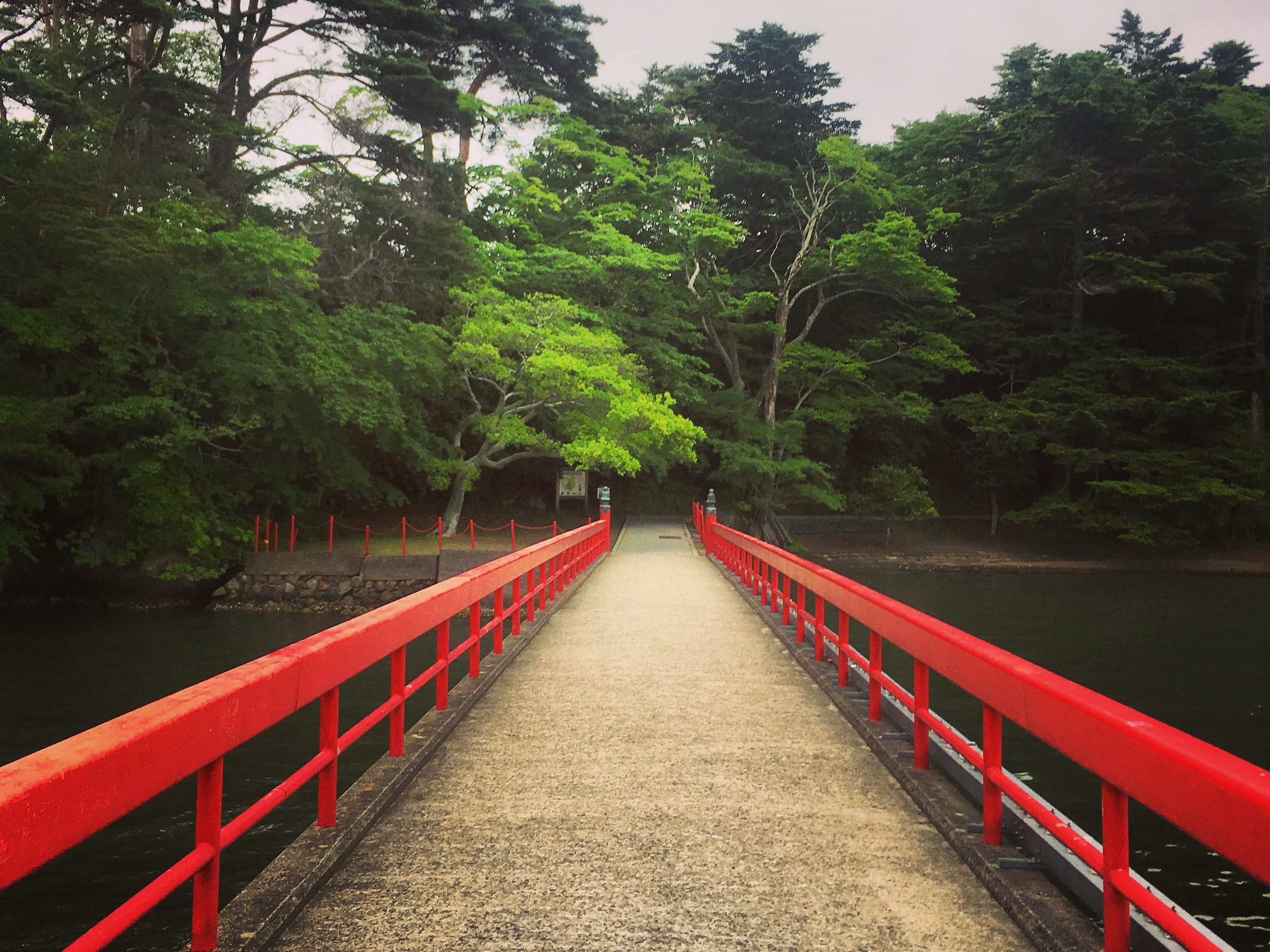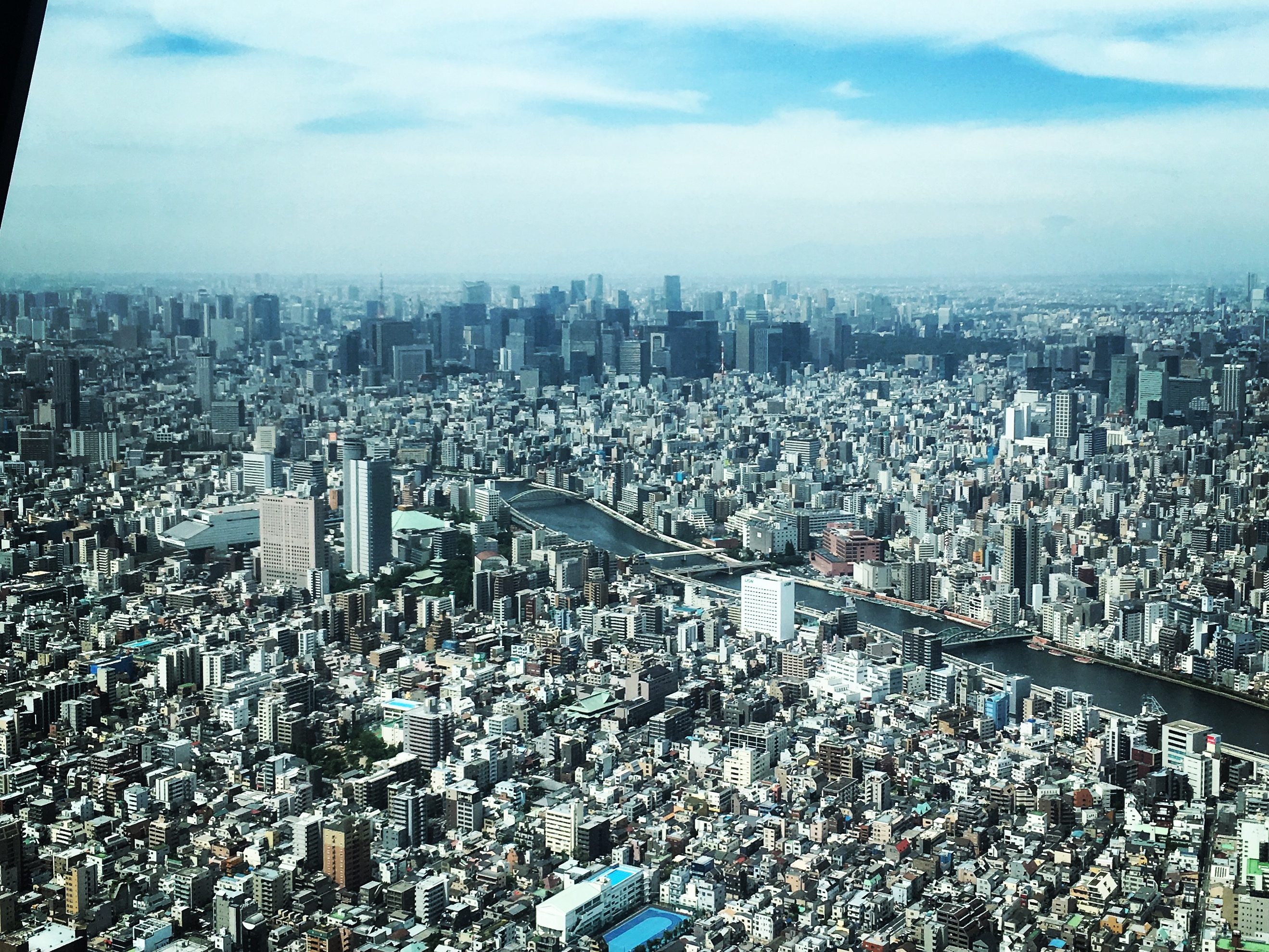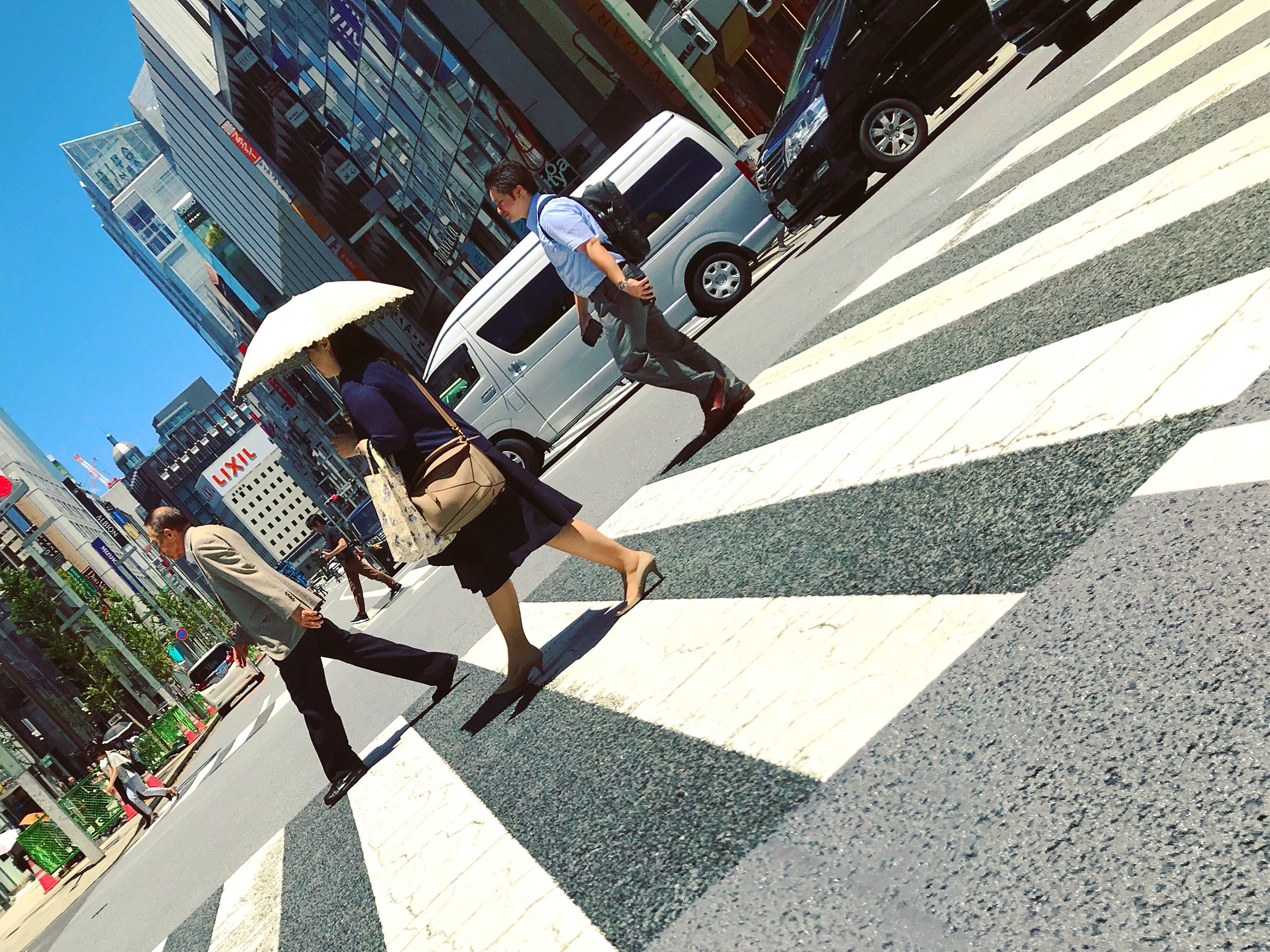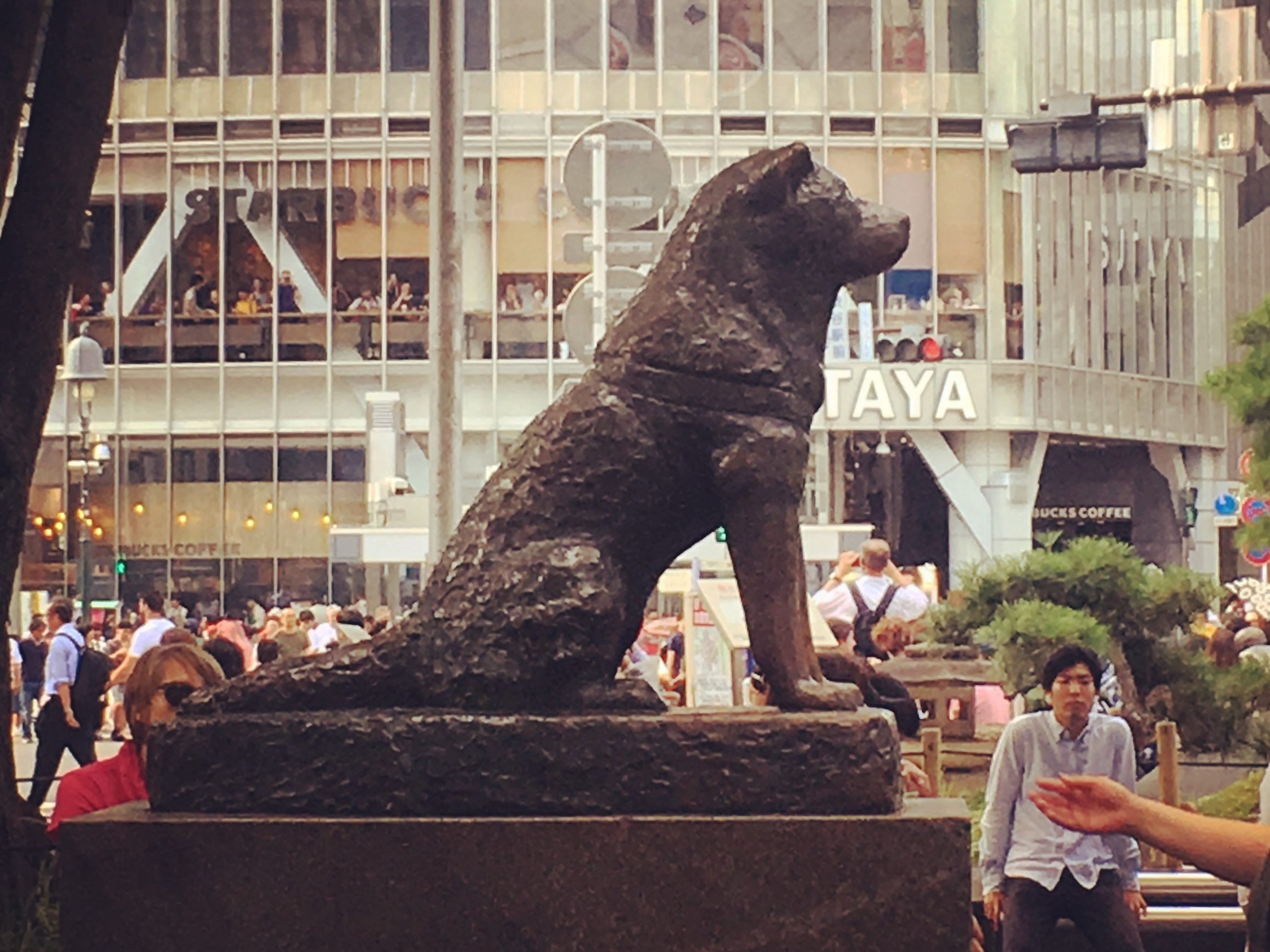
Japan Day 20 – Himeji to Tokyo
I would have happily traded the time we spent in Kyoto for an equal amount of time in Himeji, but alas, after a mere night it was already the beginning of the end, and time to make our way back to Tokyo for our final days in Japan.
The trip from Himeji to Shinagawa took three and a half hours, after which we boarded the Yamamote line for Shibuya. That probably sounded like Greek, but after so many weeks riding trains across the country, we were well versed in matching up the correct lines.
Shibuya is the second busiest train station in the world, a place where life never slows down and the thought of how many people exist on this planet becomes suffocating. Approximately 1,090,000,000 people pass through each year. You better either know where you’re going when you debark, or be prepared to feel like Moses parting the Red Sea, as hundreds of thousands of people continue to flow around you. After settling into progressively slower and more relaxed towns the past few days, it took my brain a moment to jump back into high gear. I stared around at the sea of people and colorful signs covered in symbols I could somewhat pick up now, and saw a familiar name:
Hachiko.
We joined the swarm of people flowing in that direction.
Perhaps you already know the story of Hachiko; it is quite well known, and even inspired an American movie. If you don’t, you may want to have a tissue handy, and prepare to read about the most loyal boy ever to roam this undeserving planet. Hachiko was a Japanese Akita dog born on a farm in Japan in 1923. A professor named Hidesaburō Ueno, who taught at the Tokyo Imperial University, adopted him and brought him to live in Shibuya the next year. Hachiko loved his master, as dogs do, and would accompany him as far as the train station on his commute to work each day. He would have gone further, but his master always insisted he go home at that point. Each evening, Hachiko would return to the train station, where his master would get off the train, and accompany him home. Every single day Ueno would get off the train, to find Hachiko there waiting for him. Now this is where the story becomes a real tear jerker. In May of 1925, Ueno died of a cerebral hemorrhage while he was at work and never got off the train again. Hachiko of course didn’t understand this. He went back to the train station to wait for his master. When his master didn’t return, he went back the next day to try again. And the day after that. And the day after that. Surely today would be the day his master would come home. That loyal pooch went back to Shibuya Station and waited every single day for ten years until his own death.
Sorry for ruining your day.
 |
| Hachiko in his later years. (Image source: Wikipedia) |
The locals noticed the dog waiting at the station every day, year after year of course, and a year before Hachiko died, a bronze statue of the doggo was erected at Shibuya Station. Hachiko himself was even there for the unveiling. Then World War II started and the statue was recycled for the war effort, but after the war, the son of the original artist was commissioned to make another one just like it. That statue is still standing by one of Shibuya Station’s exits, and is a popular meeting spot to this day.
A crowd was gathered around the bronze Hachiko, queues of happy tourists lined up to take photos, benches of locals sitting and waiting for friends, commuters hurrying to and from their trains. And there sat Hachiko’s likeness, staring at the train station, forever awaiting his master’s return.
We finally found the big, wooden, double doors that marked Shibuya Hotel En, one of two hotels left in the entire Shibuya/Shinjuku area that fit our brackets after Airbnb was shut down. For all of you Airbnb enthusiasts out there, take note of what the Japanese government did to crack down on Airbnb, because I wouldn’t be surprised if other places started to follow suite.
Airbnb started out as a humble way to rent out something you already had: spare space to spend a night, whether that be an extra bedroom or a couch in the living room, maybe your entire place while you were away on vacation. But humans, being a greedy bunch, and always excelling in ruining perfectly good things, found an opportunity to skirt business taxes, and started buying out entire blocks of apartments, furnishing them as minimally as possible, and renting them out on the app like they had just started their own hotel. I recently read an article that this practice is driving apartment costs way up, but I’m getting off topic now. Japan saw this happening, and decided to impose a mandatory license number that each Airbnb listing had to apply for. We were traveling through Japan when that fun went into effect, and caused 80% of Japan’s Airbnb listings to disappear overnight. It didn’t effect us much until Tokyo. We received the message that the apartment we had booked for that last week was canceled, a week before we were scheduled to show up. One week to search for a hotel room, along with all the other travelers who no longer had Airbnbs. There had been two hotel rooms available that met our parameters. There was no knowing what we were about to walk into.
We walked through two massive wooden doors facing a side street and entered a small, dimly lit reception area with wispy curtains made out of some sheer fabric, hanging sporadically from the high ceilings, all the way down to the floor. I wondered for a moment if I had accidentally booked a love hotel. My suspicions arose after we were handed the key and entered the elevator, which was a bright pink box with sultry mood music playing. The elevator doors opened and we were standing in a short hallway with half a dozen doors, the entirety of which was plastered with one giant mural of Mt. Fuji. You never know what weird experiences are in store for you in Japan.
The room was better than I had dared hope for. It was more spacious than the previous rooms we had stayed at in Tokyo, meaning all of one square meter difference from the last shoebox. Always read the square meters when booking a room in Tokyo. You’d be amazed how tiny some of those rooms get. You’ve seen the memes to always read the dimensions on Amazon, right? Yeah, imagine the hotel room version of that.
 |
| (Image source: Google) |
The room had one wall made up entirely of straw, so that it looked like a giant bale of hay was keeping us from our neighbors. It’s too bad we didn’t have our emotional support pony with us. And then the bathroom was a giant glass box. Not a giant opaque glass box, but glass as clear as crystal. I’m having trouble imagining a scenario where I would ever want a glass box bathroom. Maybe if I were a rich hermit with claustrophobia. No, even then I’d feel like I was awkwardly sitting in a fish bowl. Luckily there were blinds.
We went for a walk around the busy streets, amongst the bright colors and window displays full of fake foods. Shibuya is a lot to take in for any person, even more so for two people who have spent the past five years on a series of isolated rocks in the middle of the ocean. I was drawn like a moth to a flame to two large aquariums that one department store had in lieu of display windows. Finally, a piece of home in this overcrowded, concrete jungle. I suddenly felt very homesick for the abundance of nature in the world I had called home most recently. We stood there identifying all the critters for a longer amount of time than the average train commute. We saw two blackspotted moray eels, one giant moray, and another moray who was just hanging out of his hole, head dangling like a limp noodle, like he’d given up on life. Eels don’t behave like that in the wild.
There was a blue tang, otherwise known as Dory, who looked like she’d been beat up by an electric eel and then run over by the shinkansen. A bignose unicornfish kept chasing her away from the small space she had tried to claim. Some yellow tangs had their fins all chewed up. One was missing its tail fin entirely. The bunch of them seemed so fragile and out of place. They didn’t belong here, in this little tank surrounded by busy city streets. A plaque below the tank said that the fish had come from Palau. Along with it was a photo of some of our old dive buddies from Sam’s. What a strange, small world.
| Poor little yellow tang in the back has his fins all beat up. |
We wandered the streets some more, Fletch always keeping track of where we were. He has an uncanny sense of direction, which is a huge relief for me. I don’t know where I would be without him and Google Maps. Probably wandering circles in the desert by now. We decided to eat at a soba shop where we ordered out of a vending machine for dinner. That was the second time during our trip that we both ate for less than $10. If you are traveling Japan on a budget, then noodle shops and conbinis are really the way to go.
Weary from the day’s journey, we called it an early evening and headed back to our straw room. The city was just beginning to come to life, as the day’s commuters and businessmen were replaced with young people ready to go out and party, neon lights enough to forget the sky was darkening, and music being turned up. It looked as though our daytime adventures were coming to an end, and the night would rule our last hours in Japan. We just needed to sleep first.


